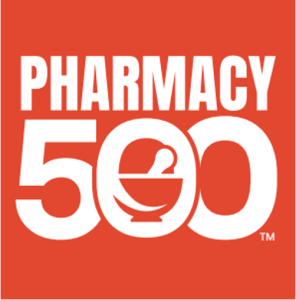Ensuring medication adherence is a critical aspect of patient care, directly influencing treatment outcomes and overall health. However, accurately measuring adherence has been a persistent challenge in the pharmacy and healthcare industry.
The traditional methods of measurement, including the Medication Possession Ratio (MPR) and Proportion of Days Covered (PDC) have limitations. These methods fail to provide a comprehensive understanding of true medication adherence. In this article, I will delve into the shortcomings of current measurements and explore innovative solutions that can improve the way we evaluate adherence.
The Limitations of MPR and PDC
The most accurate way to measure medication adherence is via pharmacokinetic modelling, a direct measurement that looks at drug concentrations in a patient’s blood or urine. Although this is not a feasible way for clinicians or pharmacists to measure patient adherence more broadly and regularly. With this, the indirect MPR and PDC measurements have long been relied upon as indicators of medication adherence.
It is essential to recognize, however, that these metrics primarily measure refill compliance, rather than actual medication adherence. The MPR is the sum of the days’ supply for all fills of a given drug over a particular time period, divided by the number of days in that time period. The PDC is the number of days “covered” with prescribed medication over a period of time, divided by the number of days in that time period.
While they both offer some insights into whether patients have received their medications as prescribed, they do not reflect whether patients are actively taking them. Read more >








